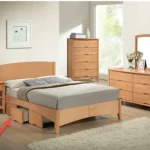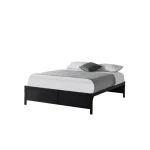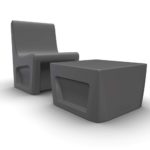Healthcare Furniture And Its Role In Infection Control
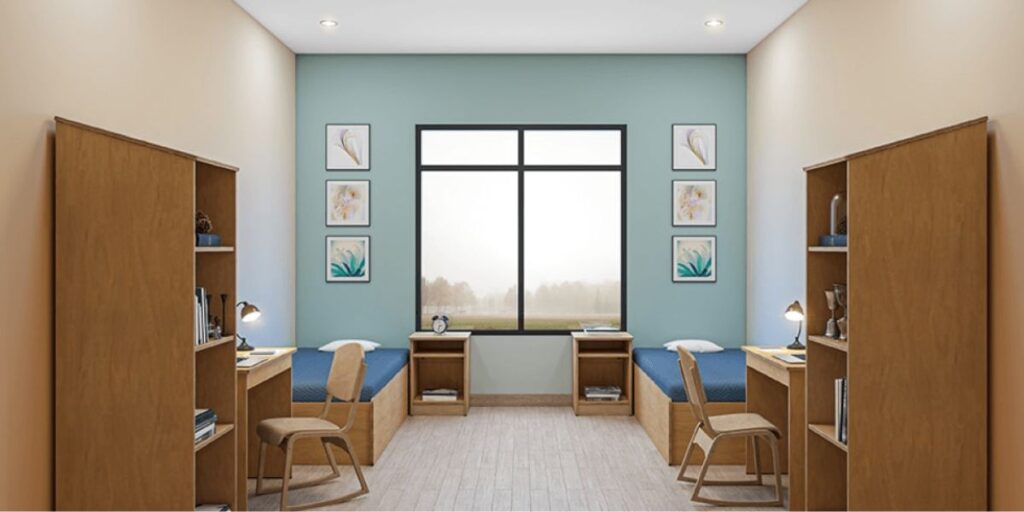
Healthcare-associated infections (HAIs) are part of the landscape in medical settings, affecting patient outcomes and increasing healthcare costs. In 2011, the Centers for Disease Control and Prevention (CDC) estimated that approximately 722,000 HAIs occur annually in U.S. hospitals, with around 75,000 patients dying during their hospitalizations. This highlights the critical need for effective infection control measures, including strategically selecting and maintaining healthcare furniture. Healthcare furniture plays a silent but pivotal role in preventing the spread of infections. By choosing suitable materials and designs, healthcare facilities can significantly reduce the incidence of HAIs.
Understanding Healthcare-Associated Infections (HAIs)
Healthcare-associated infections are infections people get while obtaining treatment for other medical illnesses. Viruses, fungi, bacteria, or other pathogens can bring on certain infections. Familiar sources of HAIs include contaminated surfaces, medical equipment, and healthcare personnel. The high prevalence of HAIs underscores the need for rigorous infection control practices.
About 1 in 31 hospital patients has at least one healthcare-associated infection. Patients in the 2015 HAI Hospital Prevalence survey were at least 16% less likely than patients in the 2011 survey to have an HAI.
The Role of Healthcare Furniture in Infection Control
Materials Matter
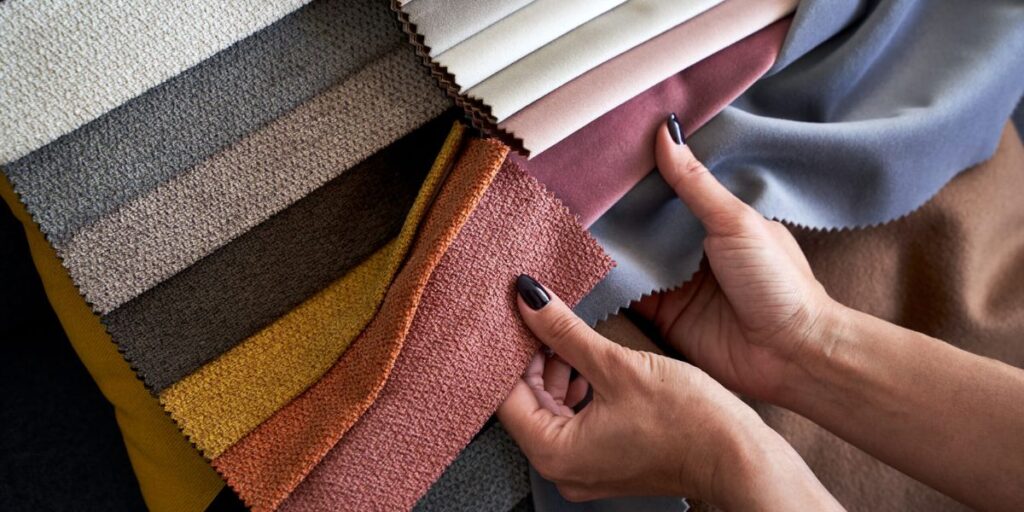
The choice of materials for healthcare furniture is crucial in preventing HAIs. Nonporous materials such as vinyl, polyurethanes, and treated fabrics like Crypton and Nano-Tex are highly effective in reducing infection risks. These materials are resistant to liquids and can be easily cleaned and disinfected, preventing the growth and spread of pathogens.
Note: Investing in high-quality, nonporous materials for healthcare furniture may have higher initial costs but can lead to significant long-term savings by reducing HAIs and improving patient outcomes.
Design Considerations
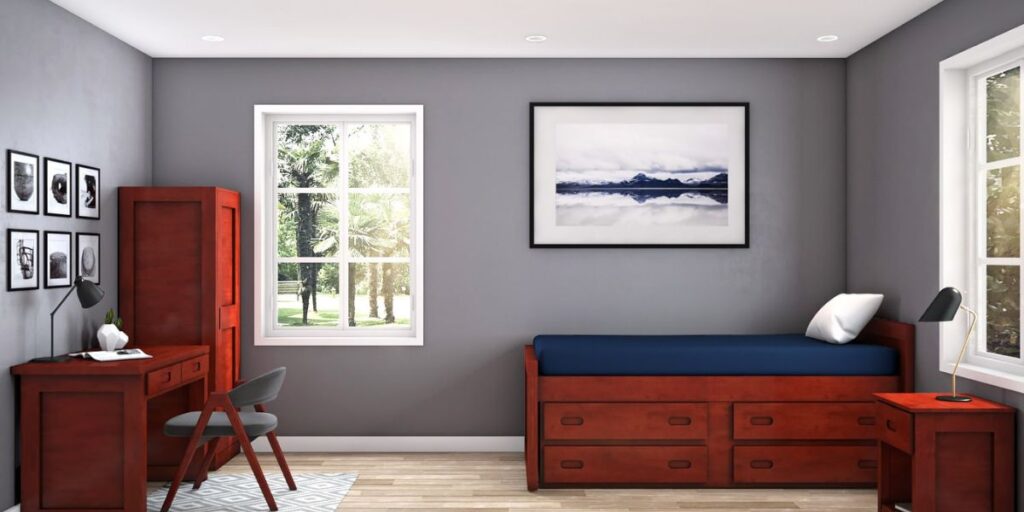
Furniture design also plays a significant role in infection control. Features like open wipe-out spaces and seamless surfaces are essential as they prevent debris, fluids, and pathogens accumulation. Additionally, furniture with minimal seams reduces areas where bacteria can hide and thrive, making cleaning and disinfection more effective.
When selecting healthcare furniture, prioritize designs that facilitate easy cleaning and minimize potential hiding spots for pathogens. This can enhance overall infection control efforts.
Design and Material Considerations for Infection Control
Nonporous Materials

Nonporous materials like vinyl and polyurethanes are essential for healthcare furniture. They prevent liquids from seeping in and becoming breeding grounds for bacteria, and antimicrobial treatments further enhance their effectiveness in infection control.
Note: Regularly inspect and maintain nonporous surfaces to ensure they remain intact and effectively prevent infections.
Furniture Design
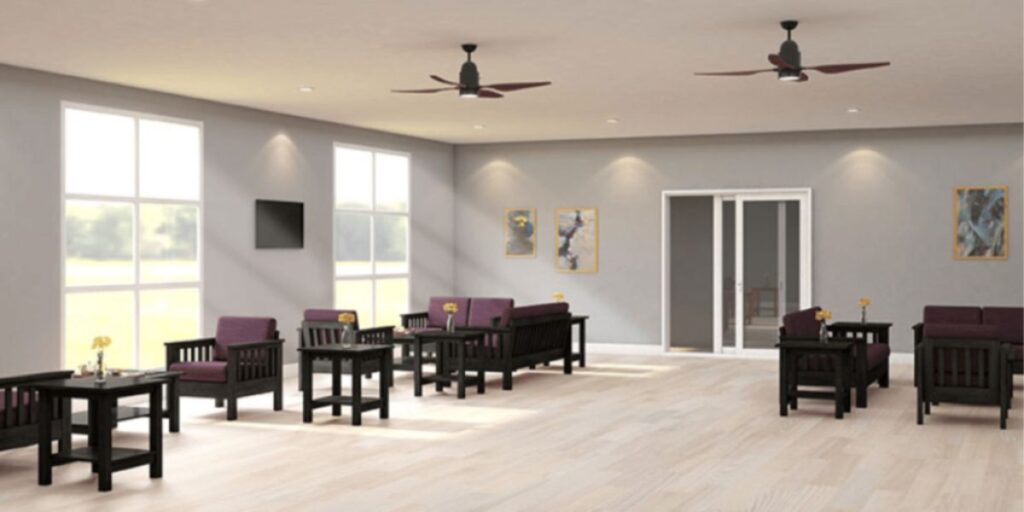
Seamless surfaces and designs that facilitate easy cleaning are critical. For example, furniture with open wipe-out spaces allows for quick and thorough cleaning, preventing the buildup of contaminants. Case studies have shown that such designs can significantly reduce infection rates in healthcare settings.
For insights into healthcare furniture design matters, visit Why Behavioral Healthcare Furniture Design Matters: Elevating Comfort And Care.
Best Practices for Selecting Healthcare Furniture
Consulting with Experts

Involving infection control teams in the selection process of healthcare furniture ensures that the latest infection prevention standards inform all decisions. This collaborative approach helps in choosing furniture that is both functional and effective in controlling infections.
Tip: Regularly review and update furniture selection criteria based on feedback from infection control teams and new research findings.
Compliance with Standards
Healthcare furniture must meet regulatory requirements such as HTM 63 and HTM 71. These standards ensure the furniture is designed and constructed to facilitate effective cleaning and maintenance, reducing infection risks.
Note: Keep abreast of changes in regulatory standards to ensure ongoing compliance and optimal infection control.
Regular Updates and Maintenance

Regularly updating and maintaining healthcare furniture is essential for sustaining its effectiveness in infection control. This includes routine inspections, cleaning, and repairs to ensure all furniture remains in good condition and free from potential infection risks.
Develop a maintenance schedule and checklist to ensure all healthcare furniture is regularly inspected and maintained. This proactive approach can prevent furniture deterioration and maintain high infection control standards.
Cleaning and Maintenance Practices
Regular Cleaning Protocols
Implementing strict cleaning protocols is vital for maintaining an infection-free environment. Use appropriate disinfectants and follow guidelines for cleaning different surfaces and materials. Regular cleaning helps remove contaminants and reduce the risk of infection spread.
Tip: Train cleaning staff on properly using disinfectants and cleaning techniques to ensure thorough and effective cleaning practices.
Staff Training
Ensuring that all staff members are trained in best cleaning practices is essential. This includes understanding the importance of infection control, proper usage of cleaning agents, and techniques for cleaning various types of healthcare furniture.
Note: Regular training sessions and updates on cleaning protocols can help maintain high hygiene and infection control standards.
Maintenance Schedules
Establishing and adhering to maintenance schedules ensures that healthcare furniture remains in optimal condition. Regular inspections and timely repairs prevent the buildup of contaminants and prolong the furniture's lifespan.
Keep detailed records of maintenance activities and use these records to identify and address recurring issues or potential improvements in infection control practices.
Benefits of Investing in Infection-Control Furniture
Economic Benefits
Investing in high-quality, infection-control furniture can lead to long-term cost savings. By reducing HAIs, healthcare facilities can lower treatment costs and avoid penalties associated with high infection rates. The initial investment in quality furniture is offset by the savings from reduced infections and improved patient outcomes.
Note: When budgeting for healthcare furniture, consider the long-term economic benefits. Investing in quality pieces can lead to significant savings over time.
Health Benefits
Practical infection-control furniture improves patient outcomes by reducing the risk of HAIs. Patients are less likely to experience infection complications, resulting in quicker recoveries and shorter hospital stays. This not only helps patients but also improves the healthcare facility's reputation.
In marketing materials, highlight the health benefits of infection-control furniture to attract more patients and build trust in your facility.
Enhanced Safety
Infection-control furniture increases patient and healthcare workers' safety by minimizing the risk of infection transmission. This creates a safer and more relaxed environment, fostering better health and wellbeing.
Tip: Conduct regular safety audits to ensure that all furniture and practices align with infection control standards and enhance overall safety.
Key Features of Infection-Control Furniture
Durable Materials
Furniture made from durable materials such as high-grade vinyl and polyurethanes is essential for withstanding frequent cleaning and disinfecting. This material is designed to resist damage from potent cleaning agents, ensuring long-lasting performance.
Note: Choose furniture from reputable suppliers known for high-quality, durable materials. This ensures the furniture's longevity and effectiveness in infection control.
Smart Design
Innovative design features like wipe-out spaces, minimal seams, and easy-to-clean surfaces are crucial for effective infection control. These features prevent the buildup of contaminants and make cleaning more efficient.
Work with designers and manufacturers to create custom furniture solutions that meet specific infection control needs and preferences.
Antimicrobial Treatments
Using materials treated with antimicrobial agents can inhibit bacterial growth and enhance infection control. These treatments supply an extra layer of protection, making it harder for pathogens to survive on surfaces.
Tip: Regularly evaluate the effectiveness of antimicrobial treatments and consider reapplying them as needed to maintain their efficacy.
Challenges and Solutions
Common Challenges
Implementing infection-control furniture can be challenging due to high costs, the need for regular maintenance, and resistance to change. Overcoming these challenges needs careful planning and a dedication to prioritizing infection control.
Note: Address resistance to change by educating staff and stakeholders about infection-control furniture's long-term benefits and importance.
Practical Solutions
Budget planning, staff training, and phased implementation are practical solutions to these challenges. Allocating a sufficient budget for high-quality furniture, providing ongoing staff training, and gradually introducing new furniture can help manage costs and ensure a smooth transition.
Engage with stakeholders early in the planning process to gain their support and address any concerns about costs and implementation.
Future Trends in Healthcare Furniture and Infection Control
Innovative Materials
Advances in antimicrobial and self-cleaning materials are shaping the future of healthcare furniture. These materials can actively inhibit bacterial growth and reduce the need for frequent cleaning. For instance, materials infused with silver ions or other antimicrobial agents are becoming more popular for their effectiveness in maintaining a sterile environment.
Stay informed about the latest innovations in materials science to ensure your facility is equipped with the most advanced infection-control furniture available.
Smart Furniture
An upcoming trend involves incorporating technology into healthcare furniture. Brilliant furniture can include sensors to monitor cleanliness, usage patterns, and even patient movements. These technologies can provide valuable data to improve cleaning protocols and enhance infection control strategies.
Tip: Consider investing in intelligent furniture to leverage technology for better infection control and operational efficiency. This can also provide patients and staff with a more modern and appealing environment.
Sustainability
Eco-friendly materials and sustainable practices are increasingly important in healthcare furniture. Sustainable furniture supports environmental goals and often incorporates advanced materials for infection control. For example, recyclable and non-toxic materials can be designed to meet strict hygiene standards.
Note: Evaluate the environmental impact of your furniture choices and consider options that support sustainability without compromising on infection control.
Furniture Concepts: Partnering for Infection Control
At Furniture Concepts, we understand healthcare furniture's critical role in infection control. As a leading furniture wholesaler, we are committed to providing high-quality, resistant-to-infection furniture to enhance patient and healthcare worker safety and well-being. Our range includes durable, nonporous materials and intelligent designs that facilitate easy cleaning and maintenance, ensuring your facility remains hygienic and safe.
For more information on medical furniture suppliers, Check out our article, The Best Medical Furniture Suppliers.
Types of Healthcare Furniture
We offer a comprehensive selection of healthcare furniture tailored to various medical environments' unique needs. Our offerings include:

Waiting Room Chairs for Medical Offices: Designed for high-traffic areas, our chairs feature nonporous arm caps and easy-to-clean materials, preventing the spread of infections among patients and visitors.
Medical Office Desks: Our desks are constructed from materials resistant to harsh disinfectants and have minimal seams to prevent the accumulation of pathogens. These desks help maintain a clean, infection-free environment, primarily where patient records and other critical documents are handled.

Behavioral Health Furniture: We understand the unique requirements for behavioral health settings. Our furniture is designed to withstand frequent cleaning with solid disinfectants while ensuring the safety and comfort of patients.
Medical Office Furniture: Flexibility and infection resistance are key features of our medical office furniture. Exam tables, storage units, and seating arrangements are made from nonporous materials and designed with seamless surfaces to enhance infection control.
By partnering with us, you gain access to innovative solutions customized to meet the demanding requirements of healthcare settings.
Conclusion
Healthcare furniture is vital in infection control, significantly impacting patient outcomes and overall safety in medical environments. By selecting suitable materials and designs and incorporating innovative features, healthcare facilities can reduce the incidence of HAIs and make safer conditions for patients and staff.
Investing in high-quality, infection-control furniture is critical to a comprehensive infection-control strategy. By creating informed decisions and staying updated with industry trends, healthcare providers can enhance patient safety, improve outcomes, and reduce the long-term costs associated with HAIs.Ready to upgrade your healthcare facility's furniture for better infection control? Contact us today to learn more about our products and how we can help.



